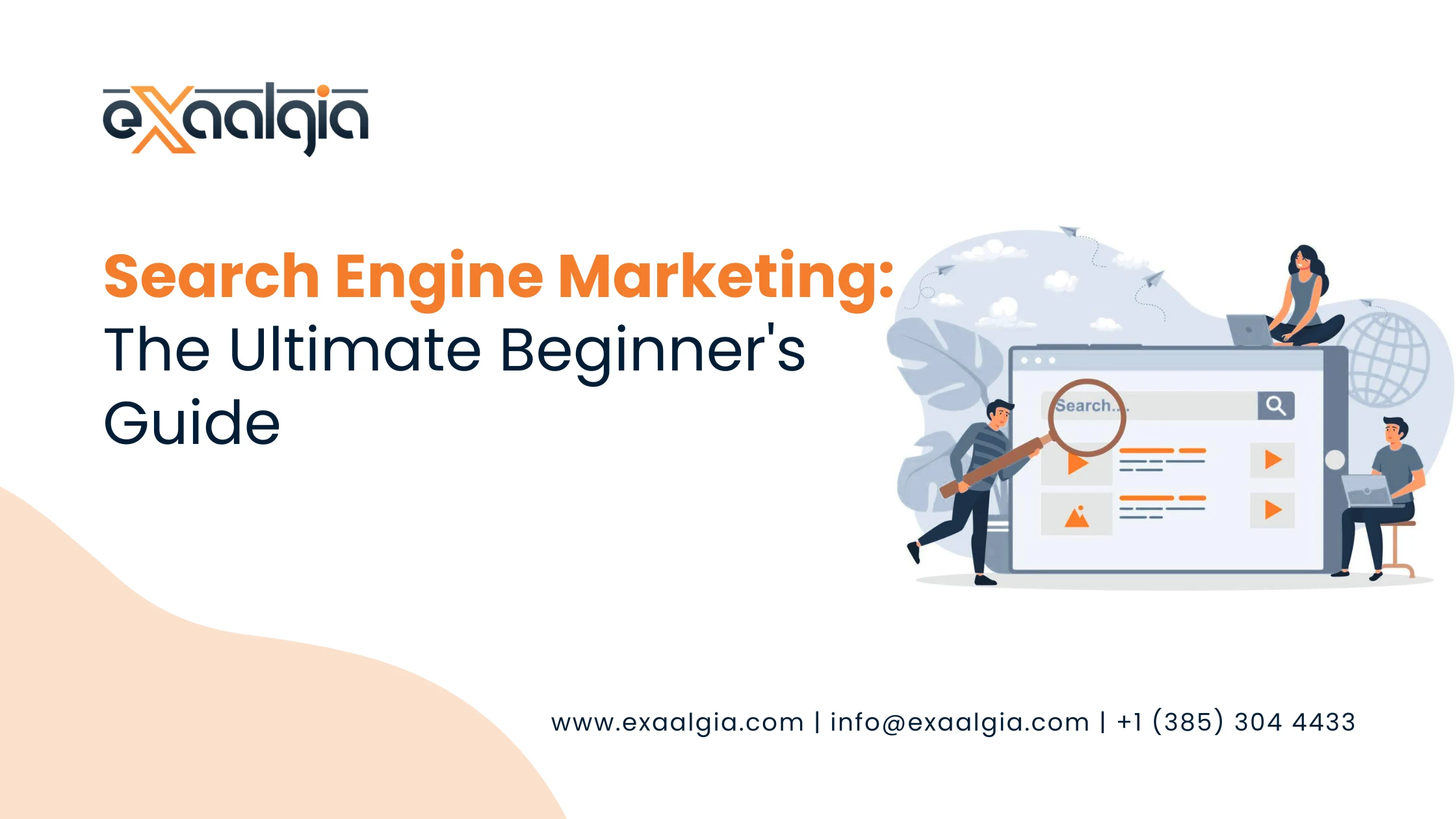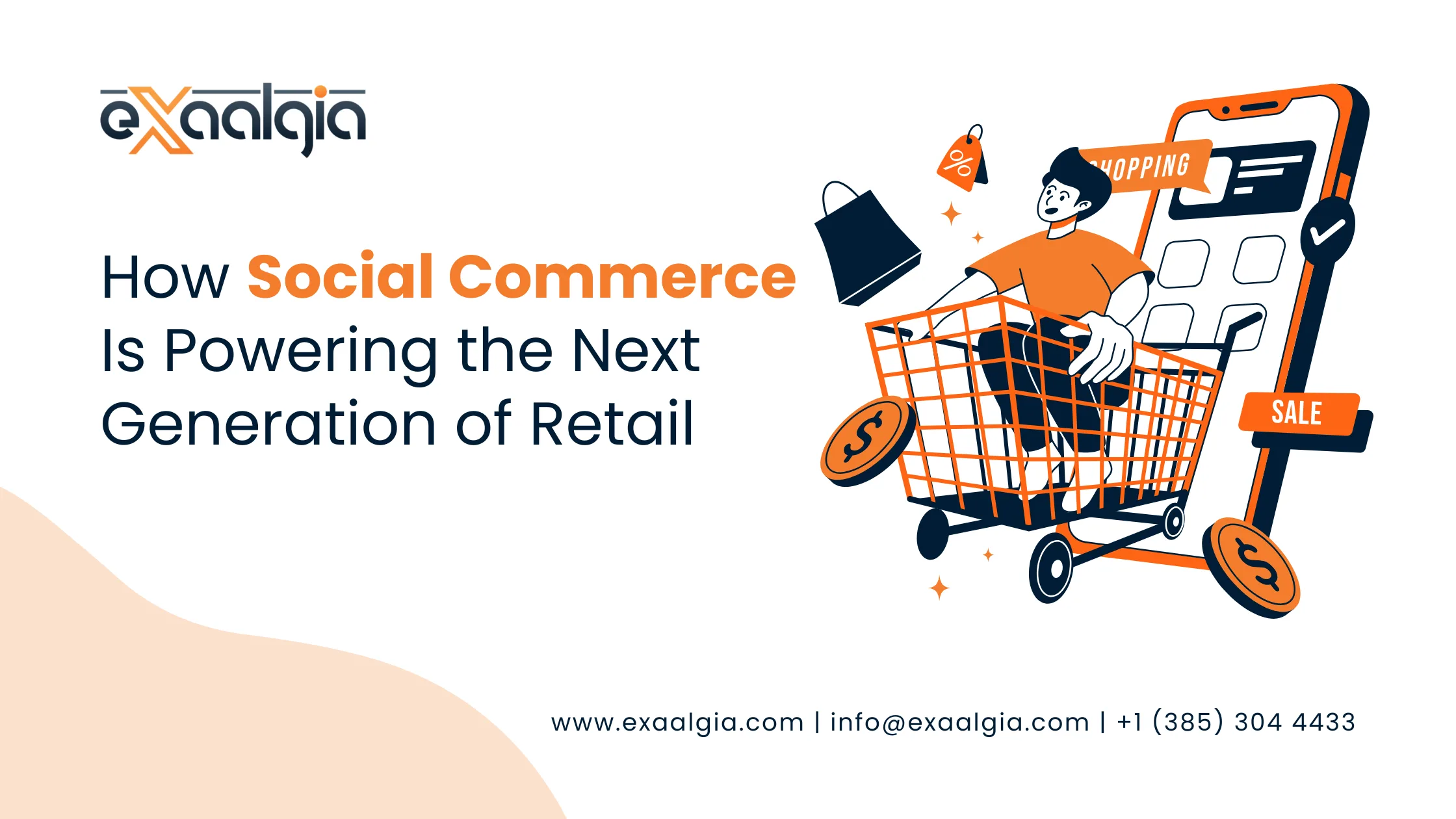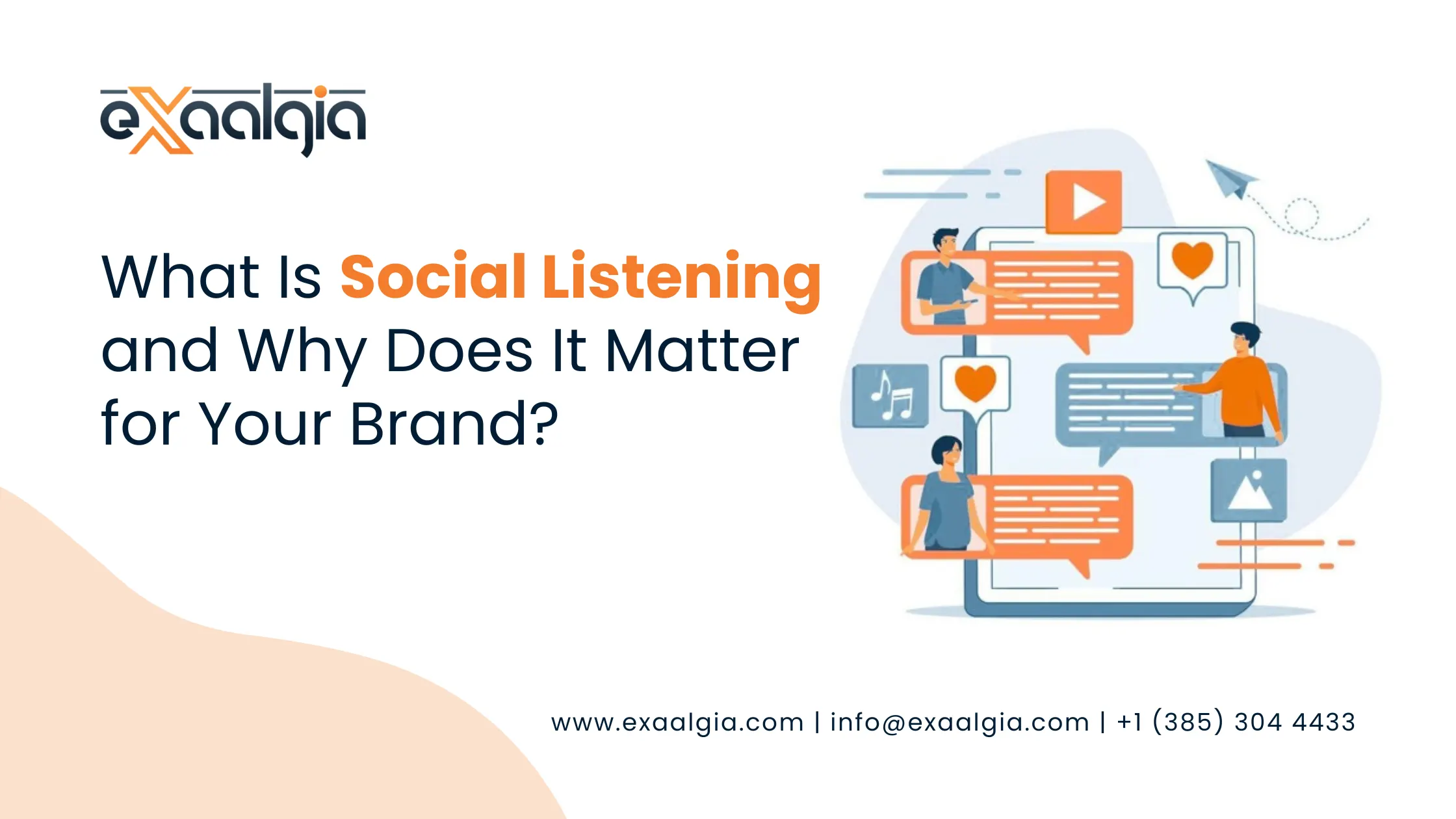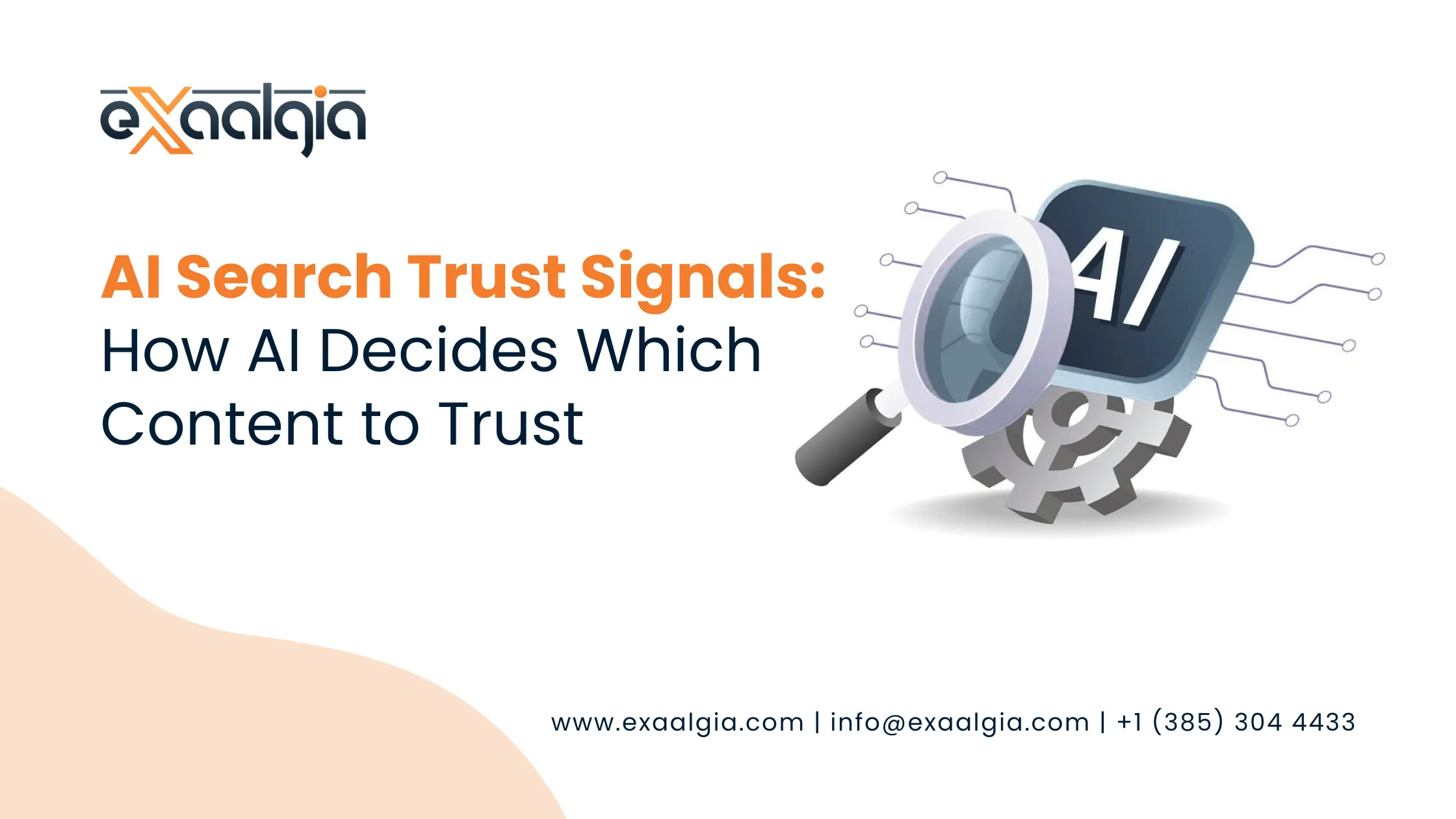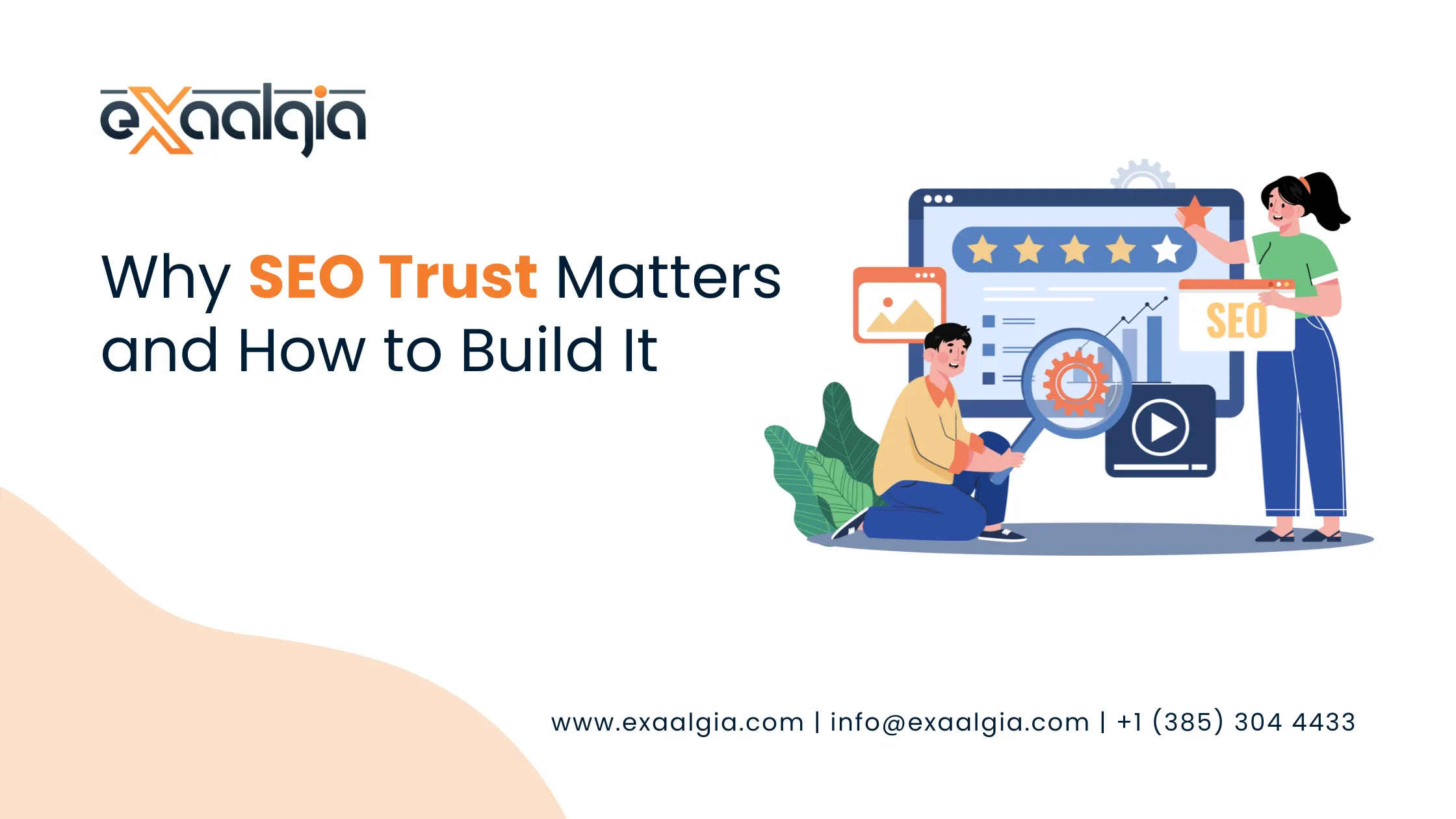How is SEM different from SEO? SEM is paid and quick to launch, SEO is organic and builds over time. Together they create steady growth, where SEM fills the short-term pipeline and search engine optimization compounds long-term gains.
In this guide, you’ll get a step-by-step path to run your first campaign, from keywords to landing pages, plus tips to track and improve results. We will keep it simple and practical for beginners, including a quick note on SEM services if you want expert help later.
What is Search Engine Marketing? How it works and why it matters
Search engine marketing is paid advertising on platforms like Google Ads and Microsoft advertising. Your ads appear on search results pages when someone types in a related query.
For example, a user searches “roof repair near me,” and your ad appears at the top with a call button and your offer.
You pay when someone clicks your ad. This model is called cost per click. The price of a click depends on competition, your bid, and ad quality. The goal is to turn those clicks into leads or sales at a cost that makes sense for your business.
SEM makes sense when you need quick traction. New product launch, a local service with seasonal demand, a store clearing inventory, a startup validating offers, or any team that wants to test messaging fast. You can turn campaigns on or off, adjust bids in minutes, and target high-intent searches that are close to buying.
Small and mid-size businesses benefit because SEM lets you focus and spend where it counts. You can target specific cities or zip codes, bid higher on profitable keywords, and schedule ads for your best hours. You also control the message. Your ad copy, price points, and call to action can match exactly what buyers want. When paired with strong landing pages and simple tracking, SEM becomes a reliable engine for predictable leads and revenue.
Paid search vs SEO: quick breakdown and how they work together
SEM is paid and fast to launch, SEO is organic and takes time. With SEM you pay per click and control placement. With SEO you invest in content and links, then earn rankings. Use SEM for speed, testing, and high-intent terms, and SEO for compounding traffic and trust. Together they lower acquisition costs over time and reduce risk across channels.
How the ad auction works: Quality Score, bids, and Ad Rank
Each search triggers an auction. You set a bid, the most you will pay for a click. Platforms score your ad and landing page for relevance and experience, called quality score. Ad Rank is your bid multiplied by that quality, which decides your position and actual cost per click. Better relevance often wins higher placement at a lower cost. Quick tip, match keywords to ad text and send traffic to a focused, fast page.
Account structure 101: campaigns, ad groups, and keywords
Campaigns control budget, location, and goals. Ad groups contain related keywords and the ads tied to them. Keywords map to search intent and should match your message.
For example, a local plumber runs one campaign for “emergency plumbing” and another for “water heater install.” Each has ad groups for specific services, like burst pipes or tankless heaters, with ads tailored to each intent.
Set up your first SEM campaign step by step
Start with clear goals. Do you want leads, calls, store visits, or online sales? Write that goal down and set up conversion tracking before you spend a dollar. If you cannot measure it, you cannot improve it.
Research your customer’s search intent. Make a short list of terms buyers use when they are ready to act. Add modifiers like “near me,” “same day,” “cost,” or “book online.” Sort keywords into themes that match a single intent. Give each theme its own ad group.
Pick match types based on control. Exact match gives tight control, phrase match gives reach with some accuracy, broad match learns with help from smart bidding. Start with a mix of exact and phrase for your highest intent terms. Add negative keywords to block poor searches.
Write ads that speak to the pain and the payoff. Use clear headlines, benefits, and a strong call to action. Add numbers or proof like “4.9 stars” or “24-hour service.” Use sitelinks, callouts, and location assets to add useful details. Always keep the promise consistent with your landing page.
Set a daily budget you are comfortable testing. Choose a bid strategy that matches your goal. If you do not have conversion data yet, start with maximize clicks or manual CPC with low bids, then switch to maximize conversions or target CPA once you have stable conversions. Expect a learning period.
Build focused landing pages. One page for one intent. Keep the message tight, the offer clear, and the form short. Add trust badges, reviews, and fast load times. Test mobile first. Turn off distractions that compete with your primary call to action.
Launch with a small scope. A few ad groups, a modest budget, and clean tracking will teach you more than a bloated account. Review search terms, add negatives, and tune bids daily in week one. Keep what works, cut what wastes money.
Find the right keywords with intent, match types, and negatives
Choose keywords that signal buyers, not browsers. Look for terms like “buy,” “near me,” “same day,” “pricing,” or product names. Use exact match for your best converters, phrase match for variant searches, and broad match only when you have good conversion data. Add negative keywords to stop bad clicks. Good negatives, “free,” “jobs,” “DIY.” Keep a running list and update it weekly.
Write ad copy that wins clicks: headlines, CTAs, and assets
Use a simple formula, problem, benefit, proof, call to action. Example, “Fridge not cooling? same day repair. 4.9 Stars. Book Now.” Include numbers or offers, like “$50 Off Today.” Add sitelinks for key pages, call assets for phone leads, and location assets for local trust. Test two headline ideas and one description change at a time, then keep the winner.
Set budgets and bids: CPC, daily budgets, and smart bidding basics
CPC is what you pay per click. Your daily budget is the average spend target. The platform may spend a bit more on some days and less on others, then average out. Smart bidding options include maximizing conversions for volume and target CPA for cost control when you have history. Starter rule, set a small daily cap, let the data learn for one to two weeks, then adjust based on cost per lead or ROAS.
Make landing pages convert: message match, speed, and trust
Match the keyword, ad, and landing page. Keep one main action, cut clutter, and make the next step obvious. Use short headlines, fast load times, and mobile-friendly layouts. Add trust signals like reviews and badges. Quick checklist:
- Clear headline that matches the ad
- One obvious call to action above the fold
- Fast, mobile-friendly load time
- Proof elements, ratings, or guarantees
Measure, optimize, and scale your SEM results
Tracking turns guesses into gains. Set up conversion goals for the actions that matter, form submits, phone calls, purchases, or booked appointments. Use tags or built-in conversion tracking so you can see which keywords and ads drive real results. Tie your data back to revenue where possible.
Focus on a few KPIs. CTR shows if your ads attract clicks. CPC tells you cost pressure. Conversion rate shows page quality. CPA or cost per lead tells you efficiency. ROAS proves profit. Start with one primary goal, like cost per lead or ROAS, and review weekly. Do not chase every metric each day, look for trends.
Run simple tests. Start with ad headlines because they influence both CTR and conversion quality. Try different angles, price vs speed vs quality. Move to calls to action, “Get Quote” vs “Book Now.” Then test your landing page hero section, headline, image, and primary button. Test one thing at a time and let it run to stable results before calling a winner.
Use remarketing to bring back past visitors who did not convert. Show tailored ads with a clear next step, like a demo or discount. Consider performance max once you have solid creative and conversion tracking. It can expand reach across formats. The algorithm is guided by rules, safe budget caps, and strong audience signals, such as your customer list or high-intent site segments.
Scale what works. Raise budgets on winning campaigns, expand to new geos, try new keyword themes adjacent to your top performers, and add new ad variations. Watch lead quality as you scale. If costs rise or results get messy, pull back and refine. If time is tight or the account gets complex, expert help can save money and speed up growth. Look for teams who offer audits, account rebuilds, and ongoing optimization with clear reporting.
Track the right metrics: CTR, CPC, CPA, and ROAS
CTR, percent of impressions that became clicks, higher shows stronger ads. CPC, average cost per click, watch this to manage spend efficiency. CPA, cost per action or lead, your main guardrail for profit. ROAS, revenue divided by ad spend, your bottom-line view. Pick one primary goal, keep the rest as supporting signals, and review weekly for trend lines.
A/B test ads and pages: what to test first
Start with headlines, they change both attention and intent match. Next test your call to action, “Get Pricing” vs “Start Free Trial.” Then test the hero section on your landing page, headline, image, and button. Change one element per test. Give each test enough time and traffic to reach stable results before you decide.
Use remarketing and Performance Max the smart way
Remarketing shows ads to past visitors so they come back and finish. Use it for people who viewed key pages or started checkout. Try performance max when tracking is clean and you have proven offers. Guardrail, set a conservative budget cap first. Tip, load in audience signals like converters, engaged users, and top customer lists to guide learning.
When to get help: SEM Services USA for faster growth
Consider help if leads are poor, costs keep rising, tracking is broken, or you lack time to optimize daily. A strong partner can run audits, rebuild messy accounts, and manage ongoing testing and budgeting. You get steady improvements and clear reporting on what drives results. If you want a faster path, look into SEM services USA for expert setup and growth.
The Final Word on Getting Traffic Fast
You now have the path. Set goals, pick smart keywords, write sharp ads, send traffic to fast pages, and measure what matters. Keep tests small, focused, and steady. That is how you turn clicks into customers.
Three simple steps for this week:
- Set up conversion tracking and a clean test budget.
- Build one intent-focused ad group with tight keywords.
- Launch two ad versions and one focused landing page.
If you want speed or do not have time to manage it daily, consider expert help. The right partner can make search engine marketing pay off sooner and with less waste.

